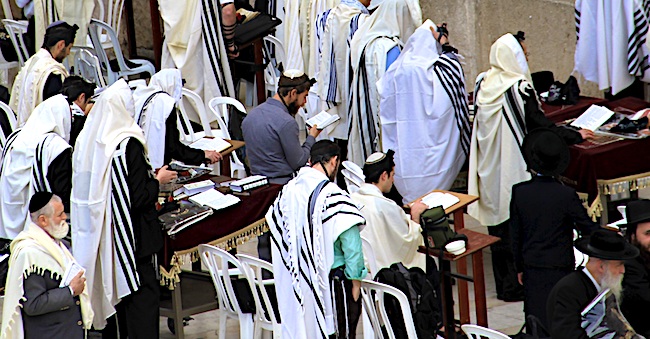When our Sages originally instituted the daily services, they knew that there were individuals who would not have the capacity to say the prayers. In order to ensure that everyone could fulfill the mitzva every day, they decided that during Shacharis and Mincha, Shemoneh Esrei should be repeated out loud. Individuals who did not know Shemoneh Esrei would listen carefully to every single word of the repetition and in that way fulfill their requirement of tefilla.
More often than not everyone in a shul knows the Shemoneh Esrei, and perhaps it can be argued there is no need for the repetition. Nowadays, literacy rates are very high and siddurim are readily available. Almost everyone can learn to say Shemoneh Esrei. It makes us wonder: Why did our Sages not stipulate that chazaras hashatz only needs to be said when there is someone in the shul who does not know how to recite it?
Our Sages understood that it was not practical to check before every service if there were people present who could not say Shemoneh Esrei. As in many other cases, they made a blanket decree that the Shemoneh Esrei must be repeated after every tefilla. By determining that the silent Shemoneh Esrei would always be followed by a repetition out loud, they ensured that whenever someone needed to hear it, he would have the opportunity (Mishna Berura 124,12).
In practical terms, if a person wants to fulfill his obligation to pray Shemoneh Esrei by listening to the chazaras hashatz he must understand Hebrew. He must stand with his legs together, as if he were reciting Shemoneh Esrei silently to himself, listen to every word recited by the prayer leader, and answer amen to every bracha. At the end of Shemoneh Esrei he should say Elokai Natzor and take three steps backward (Mishna Berura 124: 3,6,23).
Text Copyright © 2011 by Rabbi Daniel Travis and Torah.org


